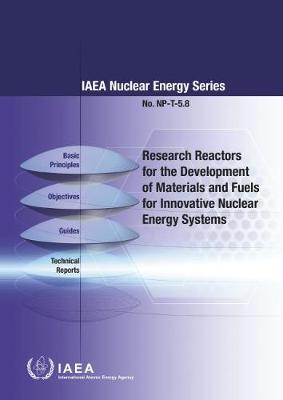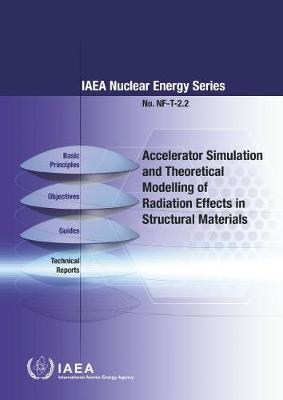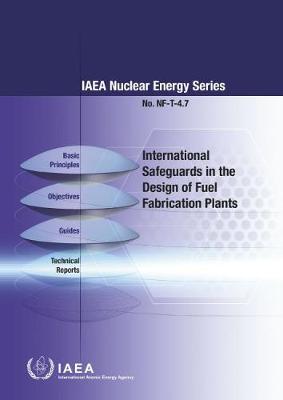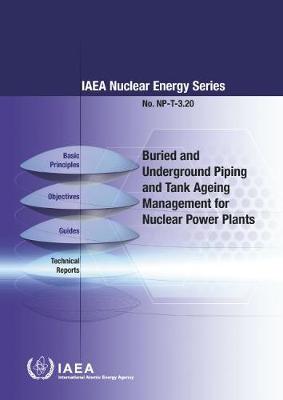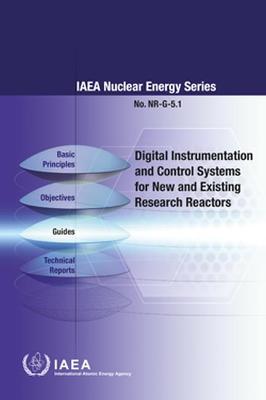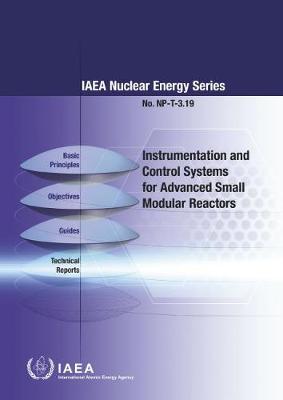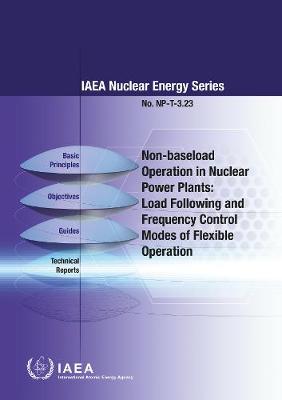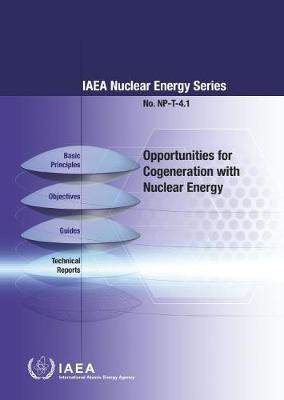IAEA Nuclear Energy
13 total works
World Uranium Geology, Exploration, Resources, Production and Related Activities, Volume 1
by Iaea
World Uranium Geology, Exploration, Resources, Production and Related Activities, Volume 3
by Iaea
Research Reactors for Development of Materials and Fuels for Innovative Nuclear Energy Systems
by Iaea
Accelerator Simulation and Theoretical Modelling of Radiation Effects (SMoRE)
by Iaea
World Uranium Geology, Exploration, Resources, Production and Related Activities, Volume 2
by Iaea
Buried and Underground Piping and Tank Ageing Management for Nuclear Power Plants
by Iaea
Digital Instrumentation and Control Systems for new Facilities and Modernization of Existing Research Reactors
by Iaea
Instrumentation and Control Systems for Advanced Small Modular Reactors
by Iaea



